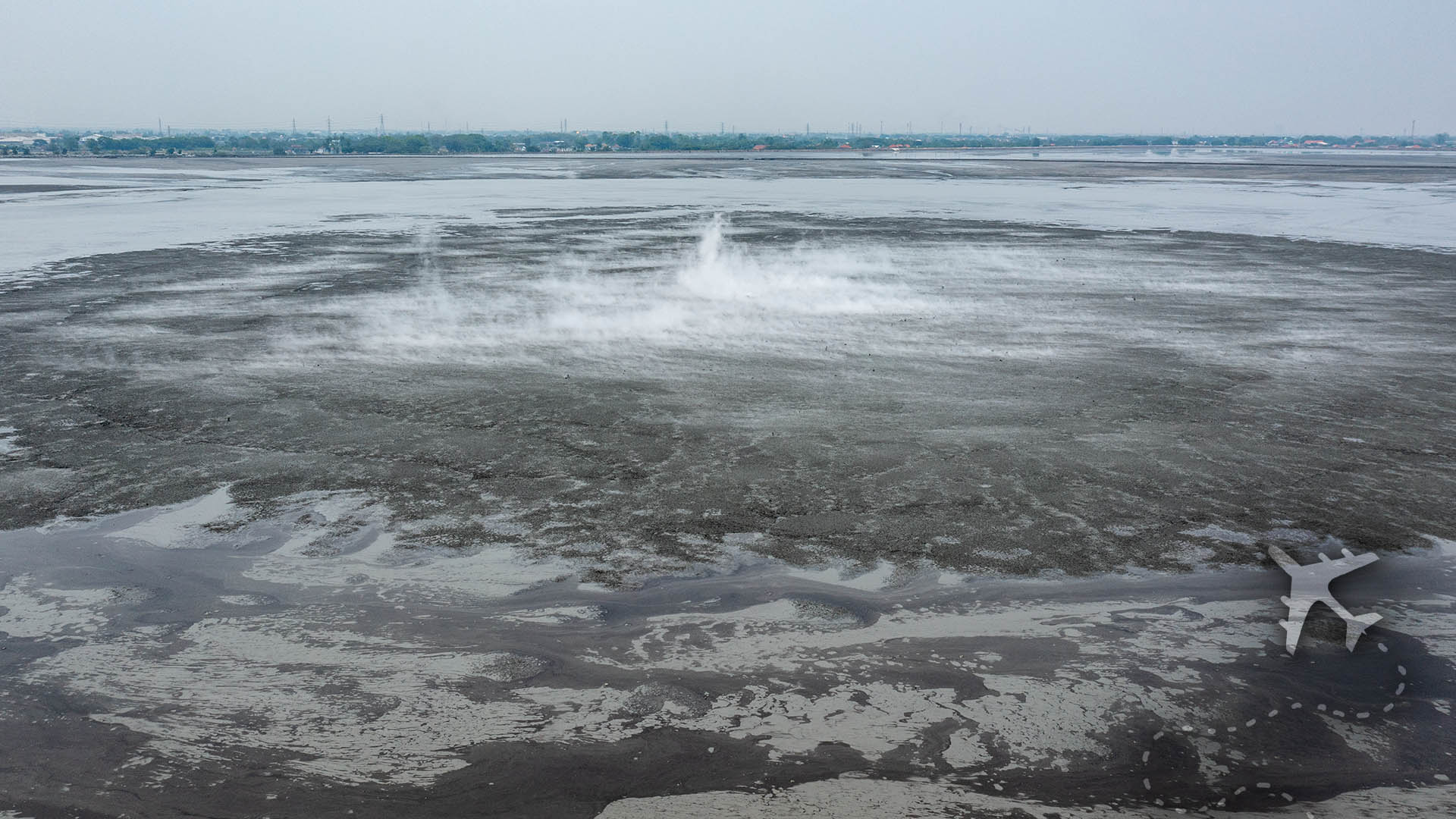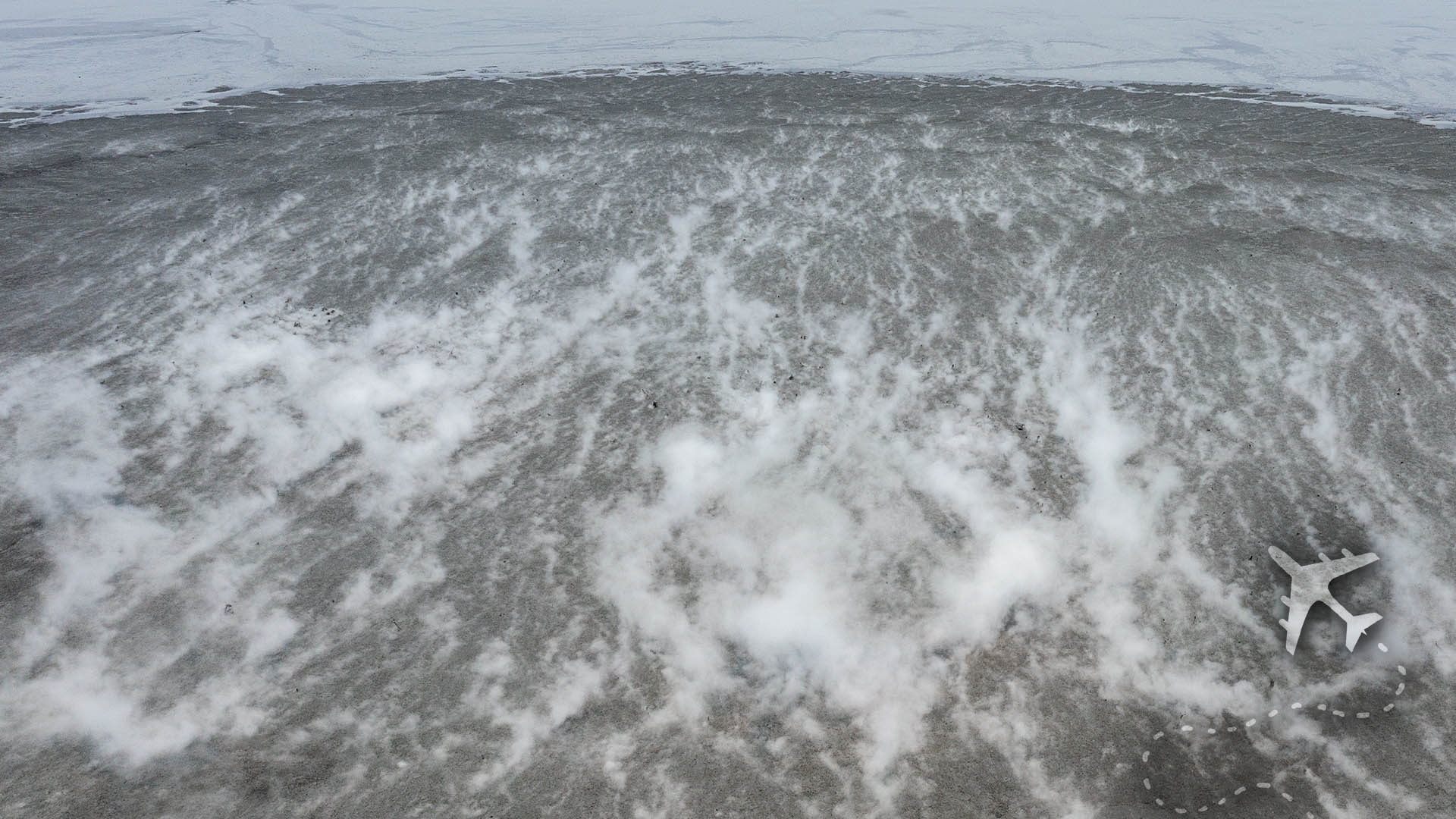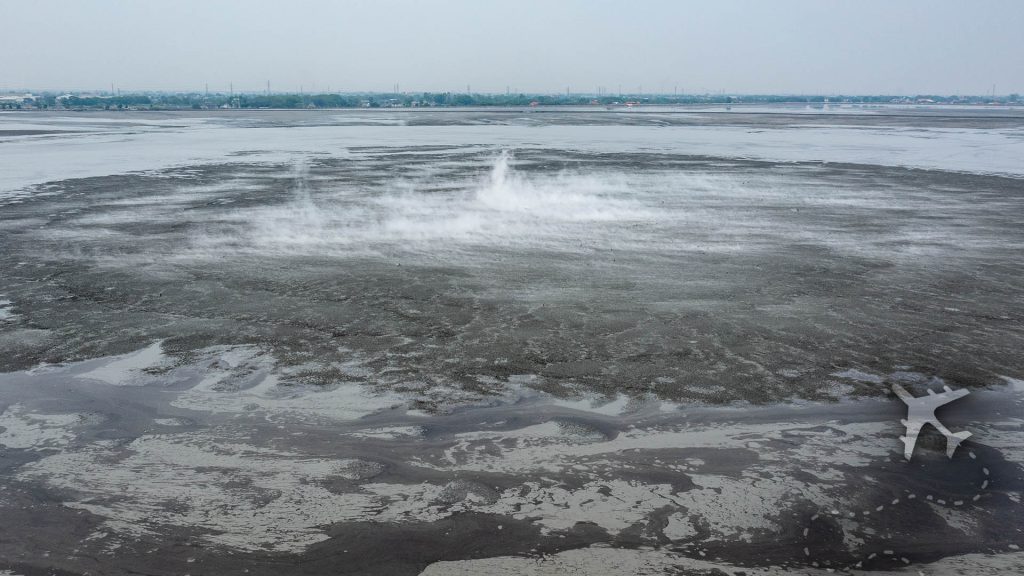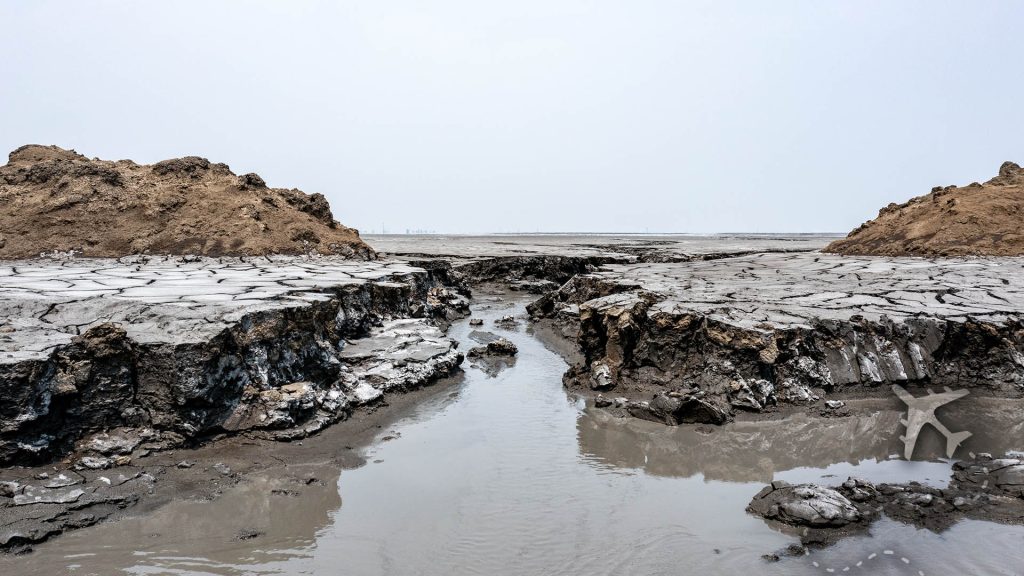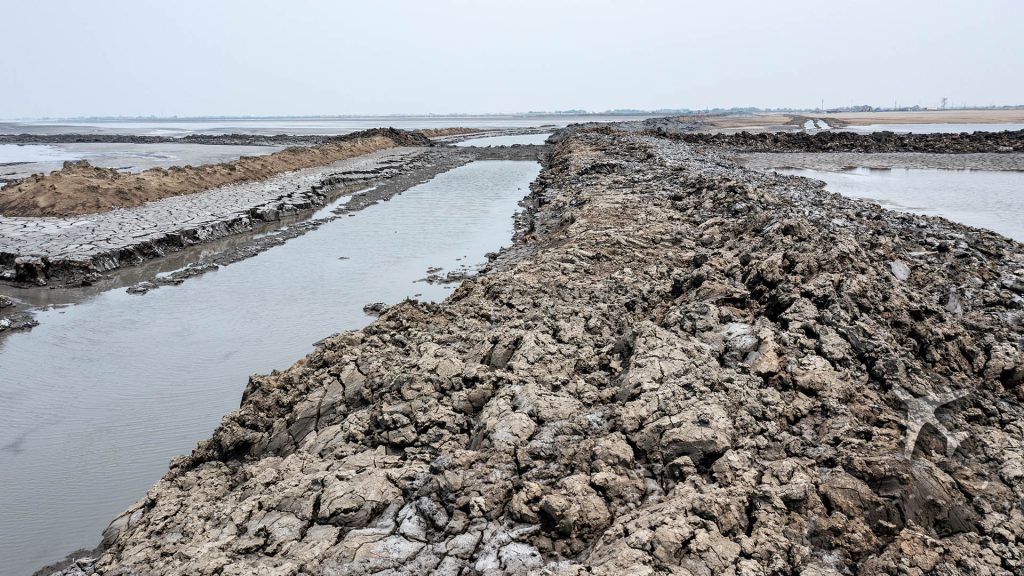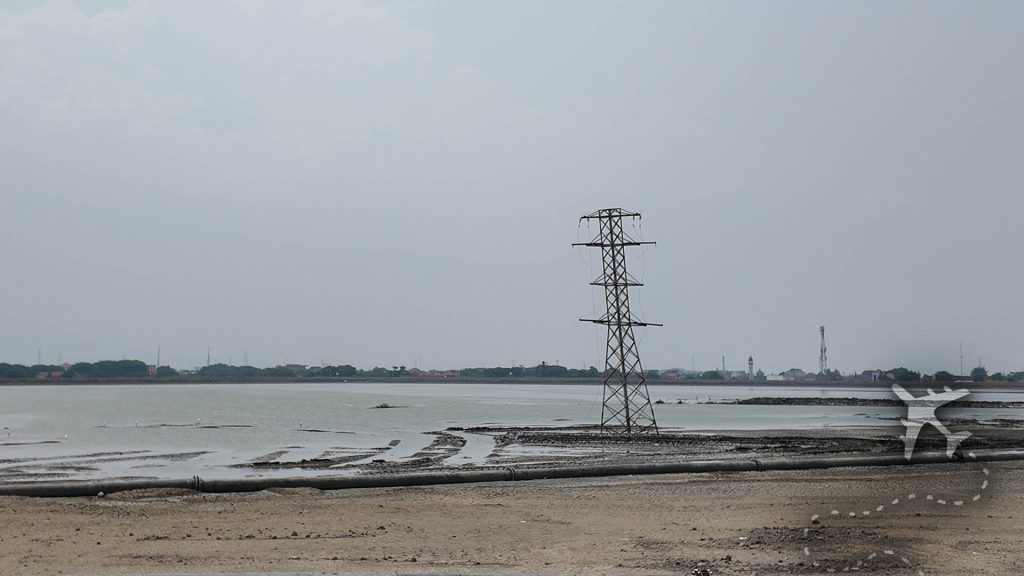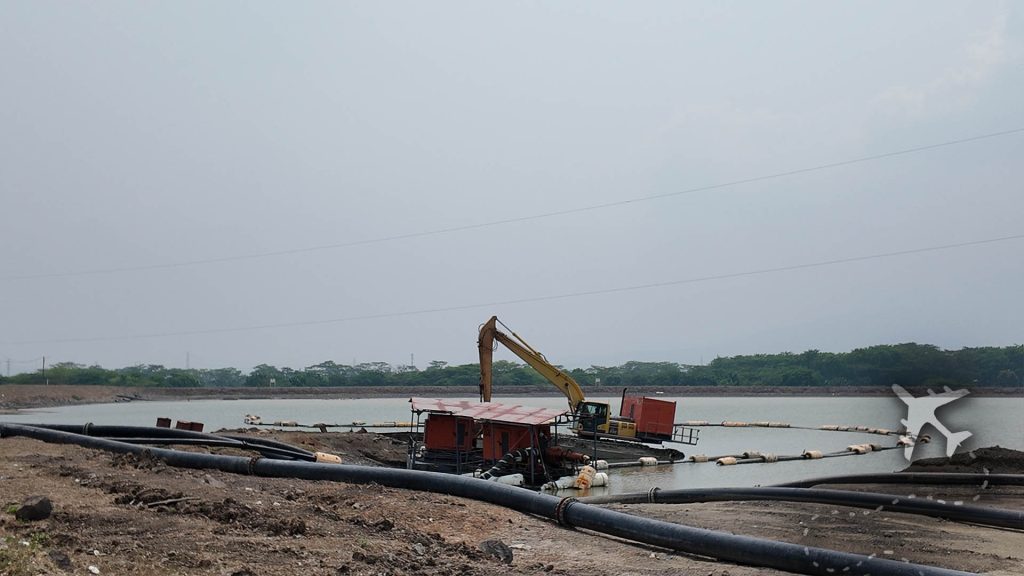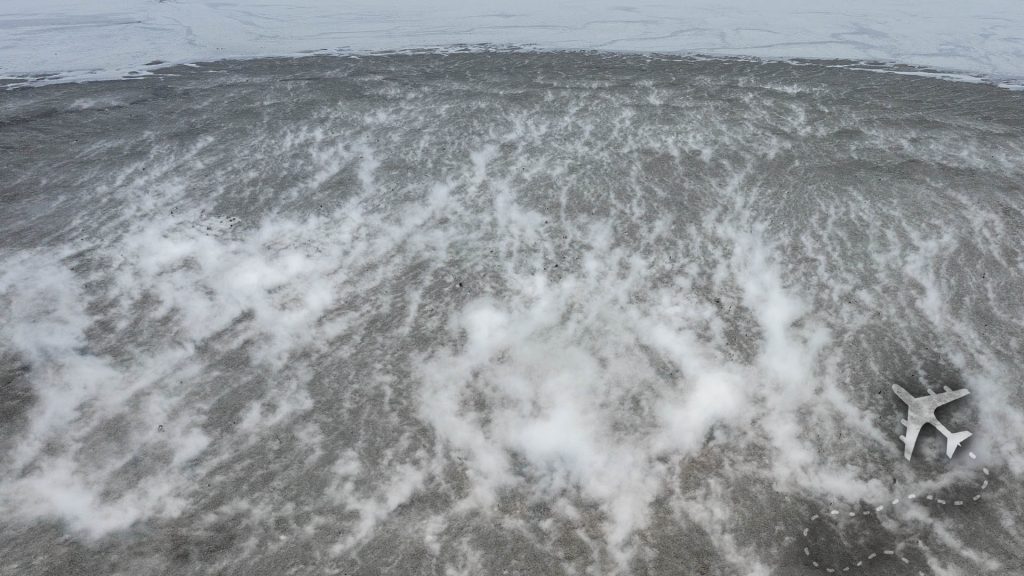In East Java, Indonesia, there’s a site that’s equal parts catastrophe and curiosity: the Lapindo Sidoarjo Mud Volcano. It’s not your typical lava-spewing mountain of fire. Instead, this is a relentless flow of boiling mud, an industrial disaster-turned-natural phenomenon that buried villages, displaced tens of thousands, and left behind an apocalyptic landscape. Today, it’s a dark tourism destination where tragedy and resilience collide, drawing few adventurous travelers from around the globe.
DESTINATION: Lapindo Sidoarjo Mud Volcano
GPS COORDINATIONS
-7.5257, 112.7257
CLOSEST AIRPORT
CURRENT WEATHER
few clouds (27 C / 81 F)
![]()
AIR QUALITY INDEX (AQI)
Unhealthy for Sensitive Groups (139)
A Brief History: The Day the Earth Puked
It all started on May 29, 2006, near Sidoarjo in East Java. When disaster struck, PT Lapindo Brantas, an energy company, was drilling for natural gas. They pierced the wrong spot, unleashing a pressurized underground pocket of mud and gas. What began as a small mud geyser quickly escalated into an unstoppable torrent.
The mud volcano has been spewing hot sludge ever since, swallowing 16 villages and displacing over 60,000 people. Scientists and locals still debate whether the drilling or a nearby earthquake triggered the eruption, but most fingers point squarely at Lapindo Brantas. Regardless of the cause, the damage was done, and what remains is a bizarre, otherworldly landscape.
The Disaster Unfolds
At its peak, the mud was gushing out at an estimated 180,000 cubic meters per day, enough to fill 72 Olympic-sized swimming pools daily. The flow buried homes, schools, factories, and rice fields under meters of thick, scalding sludge. Entire communities were evacuated as the mud crept closer, devouring everything in its path.
Engineers built massive levees around the eruption site to contain the disaster, but the mud kept flowing, breaching barriers and forcing new evacuations. Over the years, the flow slowed but has never stopped. Today, it’s still oozing at a steady rate, with no end in sight.
Impact on Local Communities
For the people of Sidoarjo, the mud volcano isn’t just a freak of nature; it’s a living nightmare. Thousands of families lost everything: their homes, their land, their livelihoods. Compensation from Lapindo Brantas has been slow, uneven, and, for many, nonexistent. Displaced residents have had to rebuild their lives from scratch, often in substandard conditions far from their original homes.
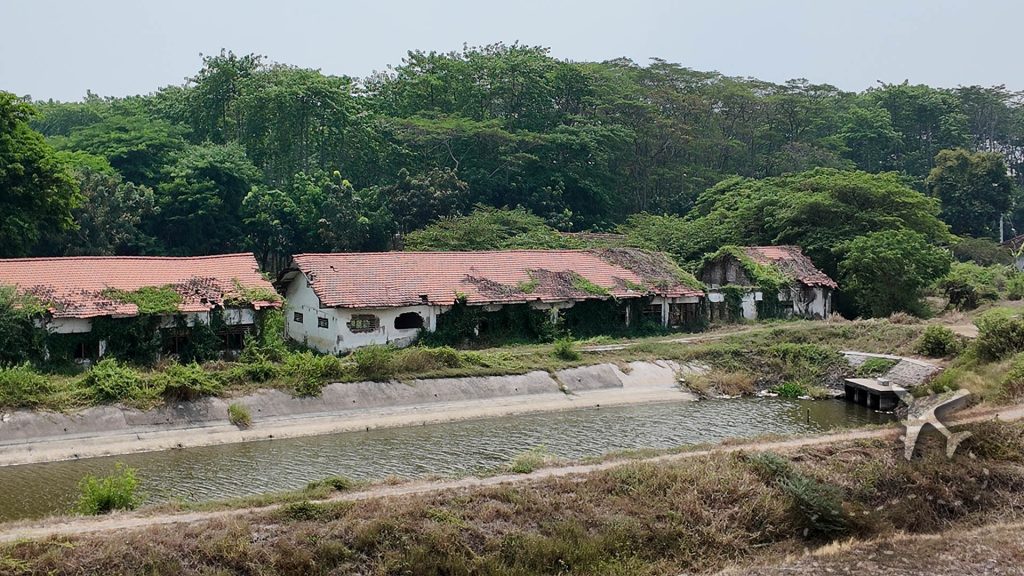
The environmental damage is equally staggering, drawing comparisons to the ghost town of Centralia, Pennsylvania, where an underground coal fire has been burning since 1962. Like Centralia’s toxic fumes and scorched earth, the Lapindo mud volcano has contaminated water supplies, destroyed crops, and rendered once-fertile land a barren wasteland. Both disasters serve as haunting reminders of how human ambition when paired with negligence, can leave a legacy of devastation for both people and the planet.
Why Visit Lapindo Sidoarjo?
For dark tourists and adventurous travelers, the Lapindo Sidoarjo Mud Volcano is a chance to witness the raw power of a disaster still in motion. The site is an eerie, dystopian landscape: endless fields of cracked mud, steaming craters, and skeletal remnants of buildings poking through the sludge.
Here are a few things to see and do:
- The Mud Pools: The epicenter of the eruption is a bubbling, steaming cauldron of mud. It’s mesmerizing, in a grim kind of way, to watch the earth belch out its viscous contents.
- Abandoned Villages: Walk among the ruins of what were once thriving communities. Half-submerged homes and crumbling factories tell the story of lives interrupted.
- The Levees: The towering embankments built to contain the mud are a sight unto themselves. Climbing to the top gives you a panoramic view of the disaster zone; a chilling but unforgettable perspective.
- Local Guides: Many former residents now work as guides, offering firsthand accounts of the disaster and its aftermath. Their stories add a deeply human layer to the experience.
Travel Tips for Visiting the Mud Volcano
- Getting There: The site is about an hour from Surabaya, East Java’s capital. Hire a local driver or take a guided tour for ease of access.
- Dress for the Heat: It’s hot, muddy, and dusty. Wear light, breathable clothes and shoes you don’t mind ruining.
- Respect the Site: This isn’t just a tourist attraction; it’s a place of immense loss for many. Be mindful of the people who live and work around the area.
- Go Early or Late: Visit during sunrise or sunset for cooler temperatures and stunning, otherworldly lighting.
Lapindo Sidoarjo Mud Volcano Uncensored
The Lapindo Sidoarjo Mud Volcano is as fascinating as it is sobering. Tourism isn’t prominent here; in fact, my driver questioned me a few times that I really wanted to visit the Mud Volcano; however, when you arrive, there are a handful of locals who openly welcome visitors to the site and take them for tours on bikes, eager to tell the story of the events of 2006.
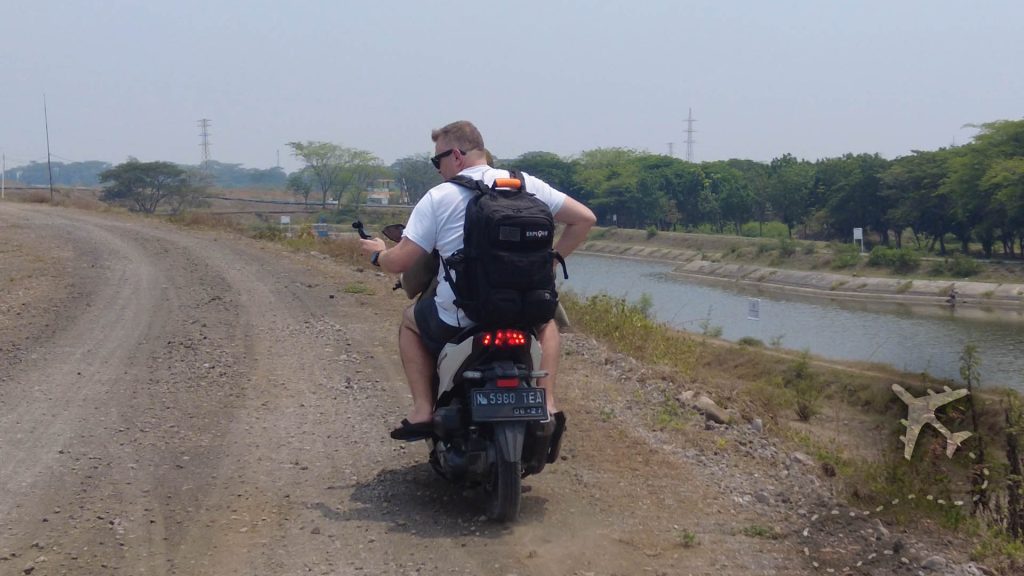
The site is a muddy testament to the consequences of human error and the resilience of those forced to adapt to its aftermath. Whether you visit for the eerie beauty, the tragic history, or the sheer weirdness of it all, one thing is certain: you won’t forget the experience anytime soon.
Dark tourism isn’t for everyone, but for those drawn to places where humanity and nature collide, this destination is haunting and humbling.


